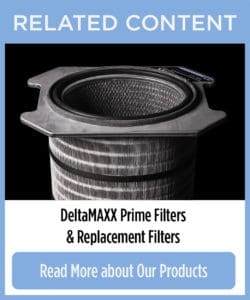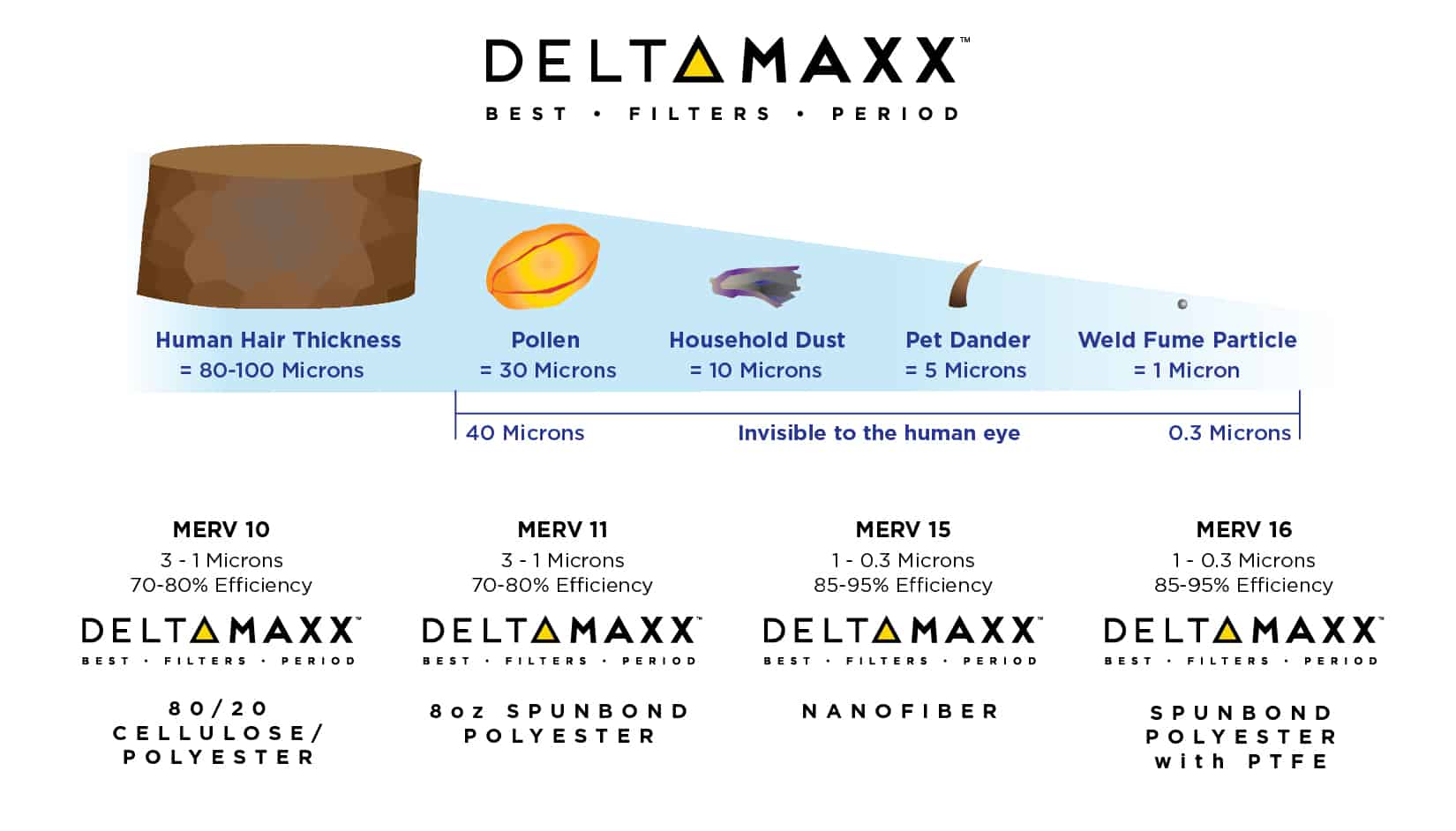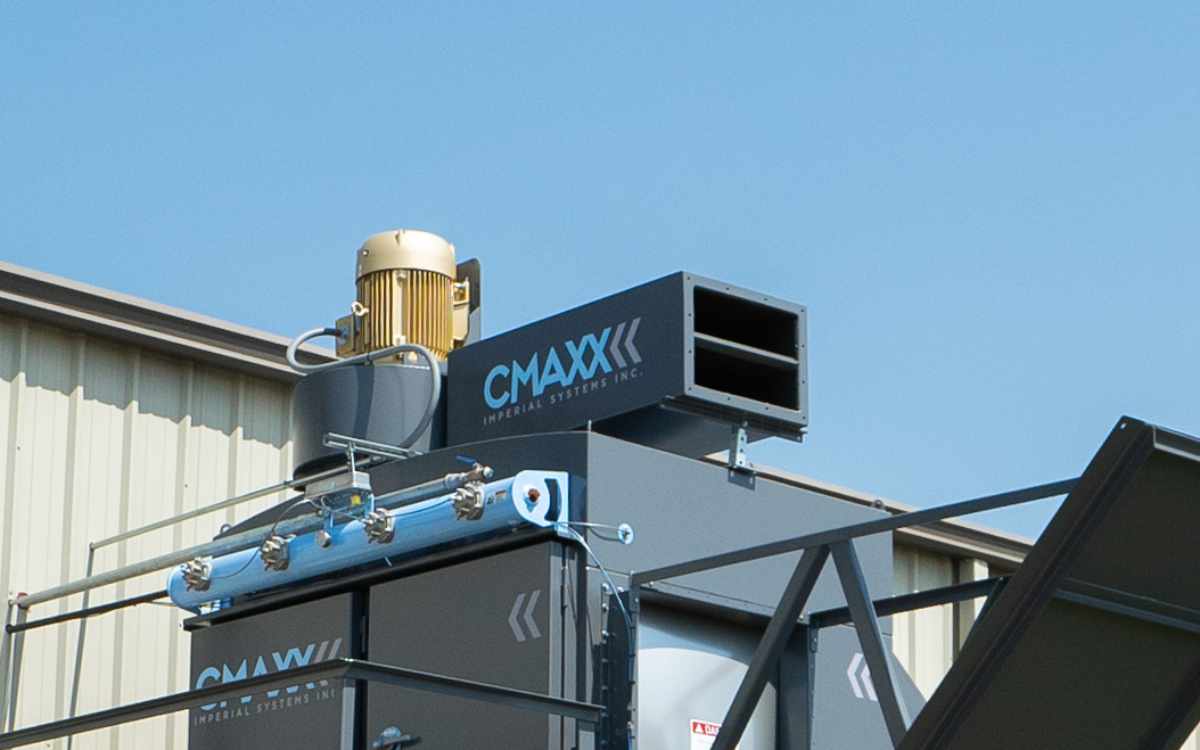For any air filter, it’s important to know how efficient it is at filtering out dust and particles from the air. The problem is that not all dust is the same size. This will give you some idea of the different dust size that a dust or fume filter might have to deal with:
HOW BIG IS A MICRON?
A micron (also called a micrometer) is one millionth of a meter. As shown above, a human hair is about 80-100 microns. A sheet of paper is between 70 and 180 microns thick. Most fibers for use in making clothes are somewhere between 10 and 50 microns.
Here are some other things measured in microns:
BACTERIA – 1 to 10 microns
RED BLOOD CELL – 7 microns
MIST/FOG DROPLET – 10 microns
WAVELENGTH OF INFRARED RADIATION – 0.70 to 300 microns
WHAT IS A MERV RATING?
MERV stands for “minimum efficiency reporting value”. It is determined by testing a filter to find out what dust size it can filter. What’s important isn’t just the dust size, though. It’s also the efficiency: how much of that dust a filter can capture. There are three general categories of dust size used by ANSI/ASHRAE: E1, which is particles from 0.30 to 1 micron, E2, from 1 to 3 microns, and E3, from 3 to 10 microns.
The MERV rating tells you what percent of particles in that size range the filter will capture. Here are some examples:
MERV 6 – between 35 and 50% efficient for dust size bigger than 3 microns
MERV 10 – between 50 and 65% for dust size from 1 to 3 microns
MERV 15 – between 85 and 95% for dust size smaller than 1 micron
WHY IS THIS IMPORTANT?
Your filter needs to have the right MERV rating for your dust size. For an industrial dust collector, this is especially important for meeting OSHA regulations, keeping your facility clean, and keeping the collector working efficiently.
 Metal fume particles and other industrial dust can be smaller than 1 micron. If you look at the chart above, you’ll see just how small that is. It’s much smaller than many other things you can’t even see.
Metal fume particles and other industrial dust can be smaller than 1 micron. If you look at the chart above, you’ll see just how small that is. It’s much smaller than many other things you can’t even see.
Metal fume and smoke particles can also be dangerous for your health, so it’s important that a filter catches as much of that dust as possible.
DeltaMAXX nanofiber filters have a MERV rating of 15. This means that they will capture between 85 and 95% of particles in the 0.30 to 1 micron range.
If your dust is very hazardous, like hexavalent chromium, you may need to add a HEPA filter. These don’t have a MERV rating: their rating is usually between 99.95% and 99.99%.
So why not use HEPA filters for everything just to make sure? First, they’re expensive. Second, catching that dust size means that the filters have to slow down the air a lot and have a lot of resistance. This isn’t necessarily what you want happening in an industrial air filtration system. For most industrial applications, MERV 15 is efficient enough.



